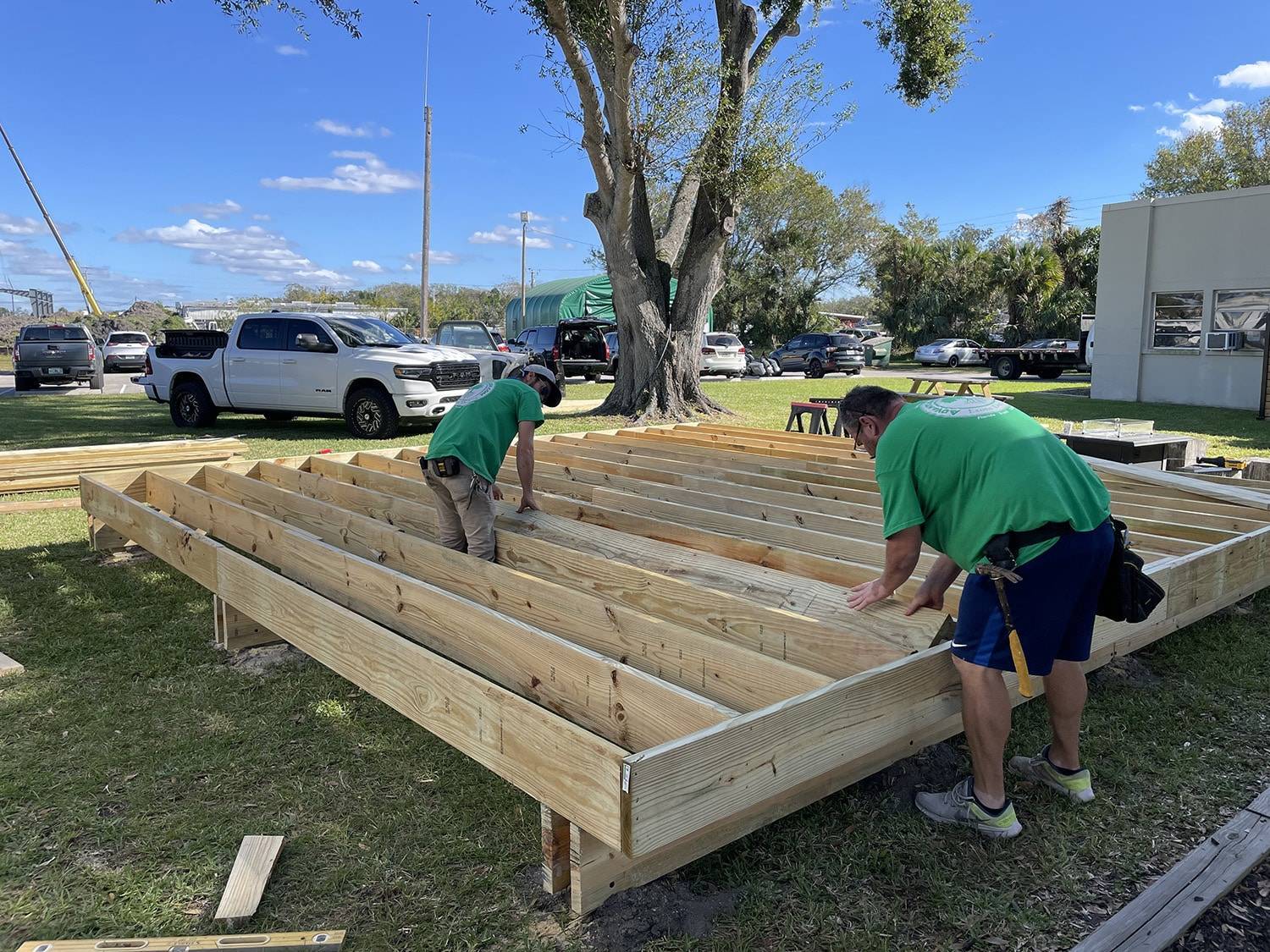Building a deck can be an exciting home improvement project, but it often comes with the question: Do I need a permit? Many homeowners aim to build a deck without a permit to avoid the perceived hassle, expense, and fear of failing an inspection. However, understanding the rules and the importance of building a deck to code is crucial for safety and compliance.
When Is a Permit Not Required?
The size and type of deck you can build without a permit vary depending on local building codes. Generally, a permit is not required for:
- Small Decks: Decks that are less than 200 square feet in area.
- Low-Height Decks: Decks that are no more than 30 inches above ground.
- Non-Attached Decks: Freestanding decks that are not attached to a house or another structure.
- No Roof or Covering: Decks without roofs, covers, or walls.
Always check with your local building authority to confirm specific regulations in your area. Codes vary widely, and some municipalities may have stricter requirements.
Why Avoiding a Permit Can Be Risky
While it might be tempting to skip the permit process, it comes with significant risks:
- Safety Concerns: Building a deck without adhering to building codes increases the likelihood of structural failures. Poor construction practices can lead to deck collapses, which are often catastrophic.
- Legal Issues: Non-compliant decks can result in fines, forced removal, or issues during home resale.
- Lack of Insurance Coverage: If an accident occurs on an unpermitted deck, your homeowner’s insurance may not cover damages or liability.
The Importance of Building to Code
Building codes exist to ensure safety and durability. Decks not built to code are a leading cause of deck collapses. According to the North American Deck and Railing Association (NADRA), there are an estimated 2.5 million unsafe decks in the U.S. Deck collapses result in over 6,000 injuries annually, with many of these incidents attributed to improper construction or deterioration of materials.
Key code requirements often include:
- Properly sized and spaced posts, joists and beams.
- Secure connections between the deck and the house.
- Adequate railing height and spacing.
- Use of corrosion-resistant fasteners and connectors.
- Footings that extend below the frost line.
How to Ensure Your Deck Is Safe
If you’re building a deck, even one that doesn’t require a permit, follow these steps to ensure safety:
- Consult Local Building Codes: Even if a permit isn’t required, you’re still responsible for adhering to building standards.
- Use Quality Materials: Opt for durable, weather-resistant materials like hardwoods, composite decking, or pressure-treated lumber.
- Consider Professional Help: Hire a licensed contractor or consult with one for guidance.
- Inspect Regularly: Check for signs of rot, loose fasteners, or other structural issues, especially on older decks.
The Long-Term Value of Compliance
While obtaining a permit may seem like a hassle, it ensures your deck is built to last and provides peace of mind. It also protects you from potential legal and financial consequences. In the long run, a properly constructed deck adds value to your home and enhances your outdoor living space.
Conclusion
Although it’s possible to build a small, low-profile deck without a permit, skipping the permitting process can lead to safety risks and legal issues. Always prioritize building your deck to code and consider the potential consequences of cutting corners. By doing so, you’ll create a safe, beautiful, and durable outdoor space for years to come.
